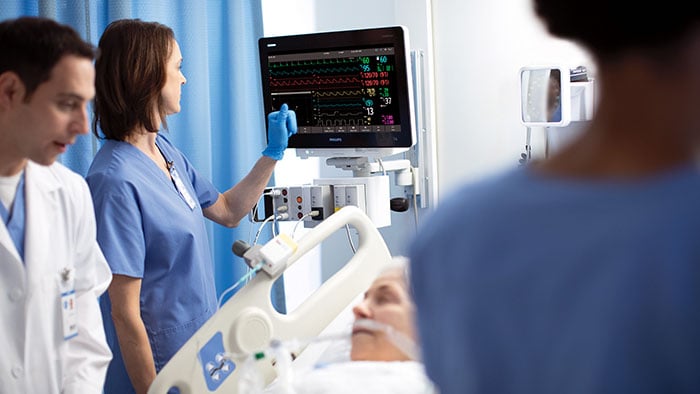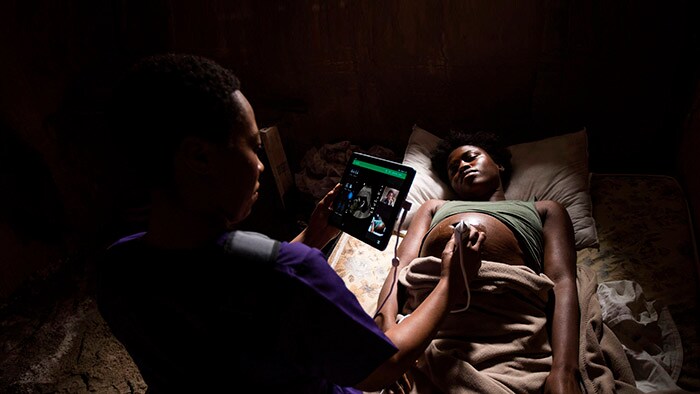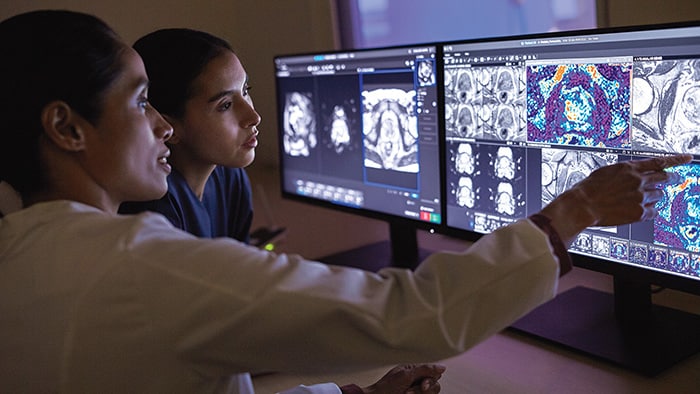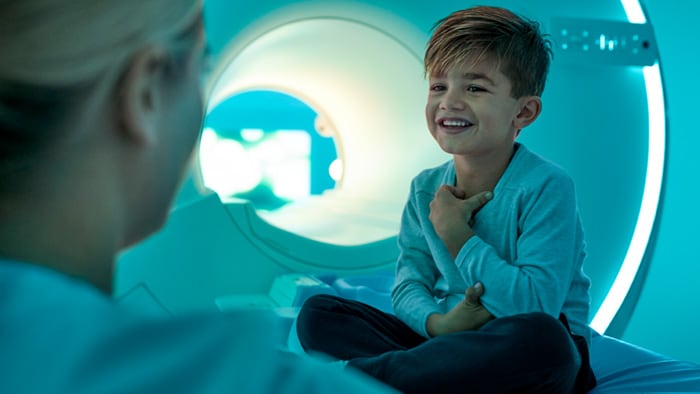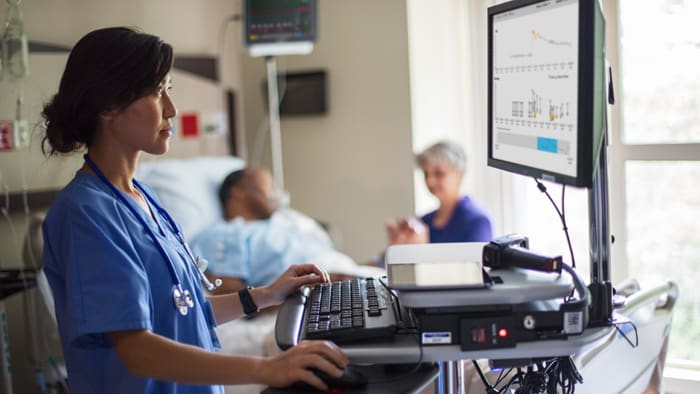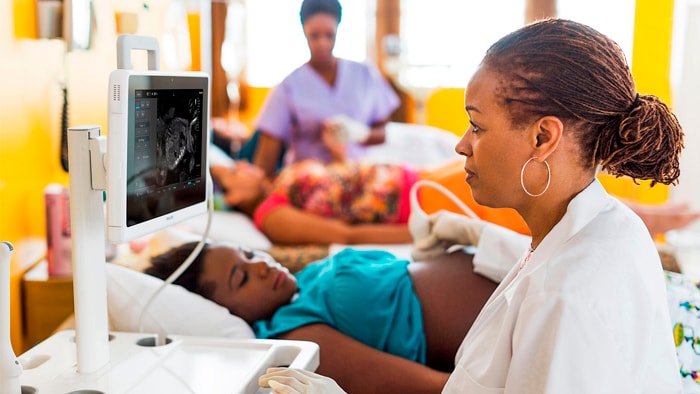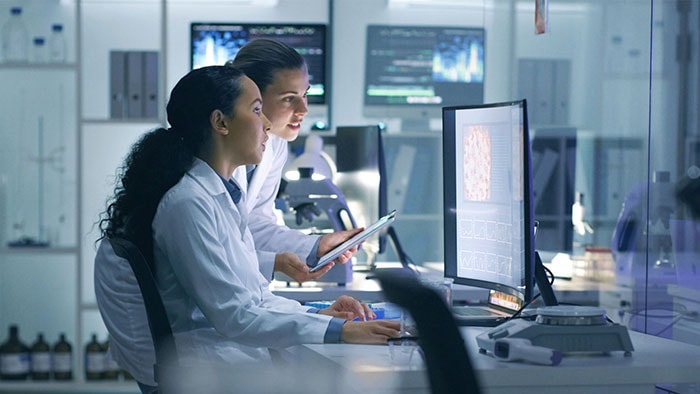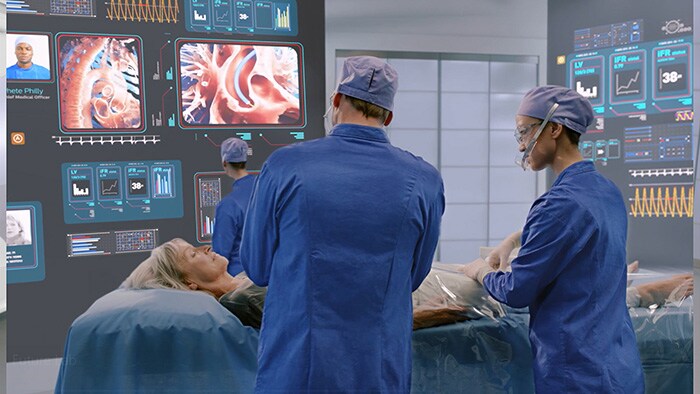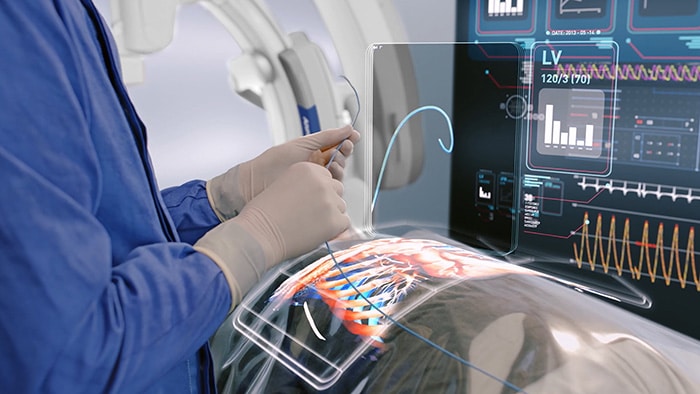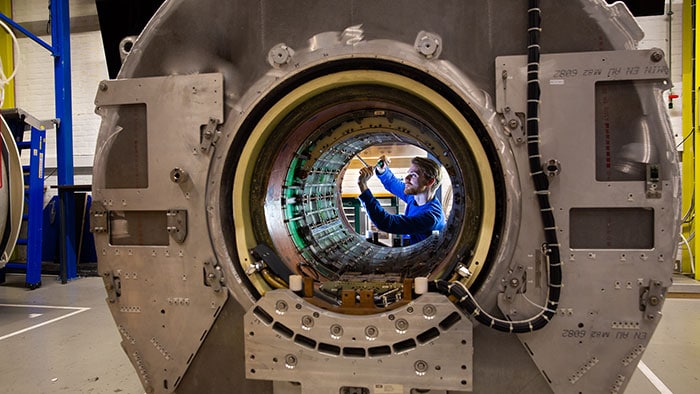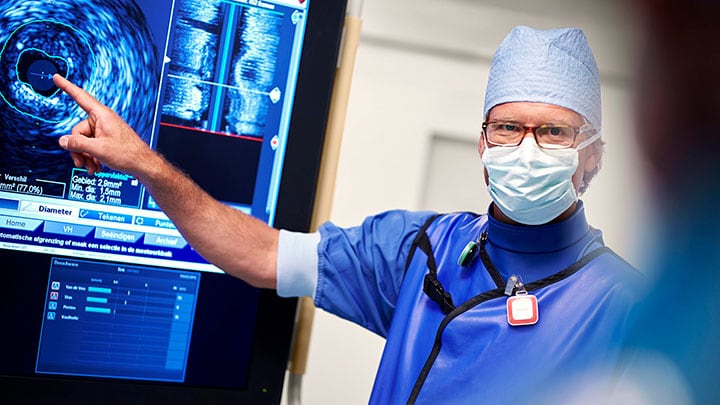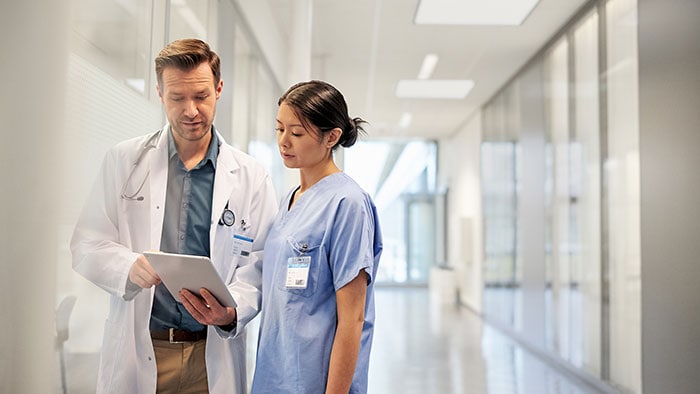If I had been sitting down to write this blog 5 or 10 years ago, I would have probably opened with a list of striking statistics to build the case for urgent action on climate change. Today, there’s no need for that. By now, we have all seen innumerable instances of the impact climate change is having – raging forest fires, melting ice sheets, inland flooding, loss of biodiversity, …, the list goes on and on. And with the arrival of the IPCC report in August this year – described as "a code red for humanity" by UN Secretary General António Guterres – the evidence is irrefutable: we are running out of time. No ifs, buts, or maybes. The clock is running down.
We need to act, based on science
The path ahead is manifestly clear: we have to ‘follow the science’. As Einstein put it: “Those who have the privilege to know have the duty to act”. And, fortunately, more and more are doing just that. In the United States, for example, the state of California has announced that all USD +1 bn companies must have science-based carbon reduction targets by 2025. In 2018, Philips became the first health technology company to have its CO2 emission targets assessed and approved by the Science Based Targets initiative (SBTi). With these targets, we committed to reduce our CO2-equivalent emissions from our sites by 75% by 2025, and 90% by 2040 (compared to 2015 levels) and to further reduce indirect (scope 3) greenhouse gas emissions across our entire value chain.
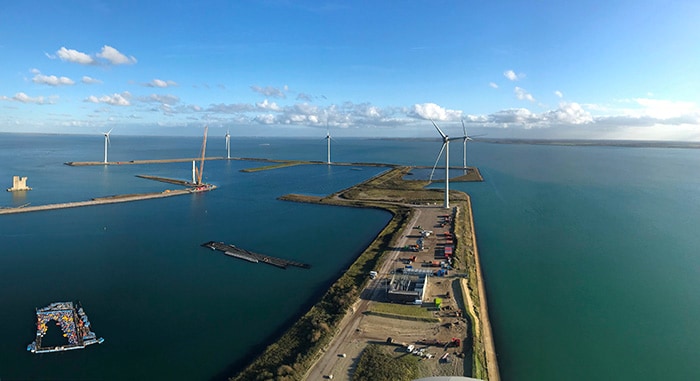
Since 2020, our total global operations have been carbon-neutral. Now, Philips is going further. Reaffirming our ambition to mitigate climate change and leave a healthier planet for future generations, we are stepping up our supplier sustainability program so that at least 50% of our suppliers (based on spend) will have committed to science-based targets for carbon reduction by 2025. By supporting our suppliers and incentivizing them to adopt and meet such targets, we aim to achieve a seven-times greater impact than simply lowering CO₂ emissions from our own operations.
Driving climate action throughout the value chain
At Philips, our emission reduction efforts are focused on three key areas: 1) our day-to-day operations, 2) sustainable and circular product and business model innovation, and 3) greening our supply chain. We believe climate action begins with ourselves – in our operations and in our innovation drive. At the same time, we realize that, to achieve our ambitions, our efforts to reduce CO₂ emissions have to extend beyond own operations. We believe that, together with our customers and partners in the supply chain, we can make a huge shift, reducing our shared carbon footprint in line with a 1.5 °C global warming scenario – and at the same time creating sustainable and more resilient healthcare.
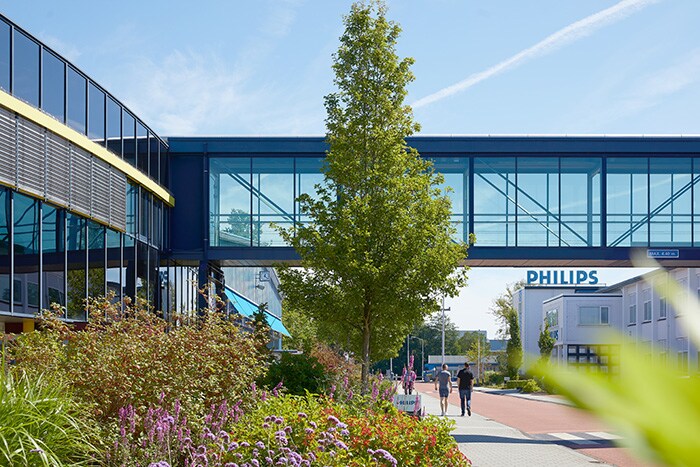
Carbon-neutral operations
In 2020, we achieved our goal of becoming 100% carbon-neutral in our daily operations – our sites, business travel and logistics – and sourcing all our electricity from 100% renewable sources. We compensate all unavoidable emissions by financing projects offering health benefits to underserved communities. Going forward, we are committed to sourcing over 75% of our total energy consumption from renewable sources by 2025.
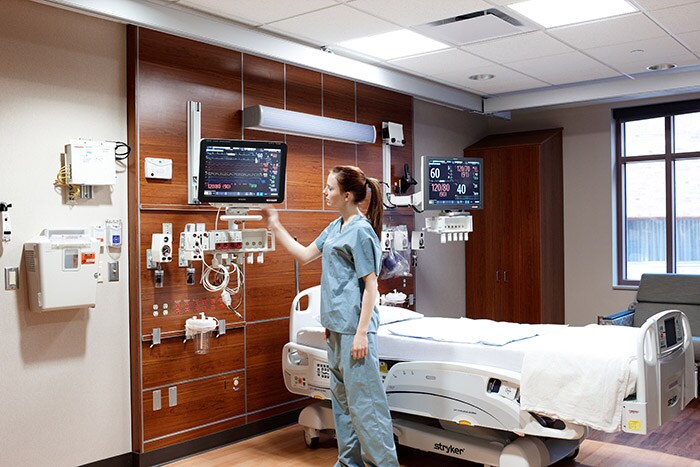
Sustainable and circular innovation and new business models
The manufacture and use of our products accounts for around 80% of our total environmental impact. That's why we invest heavily in sustainable innovation. Through our EcoDesign program, we are continuously working to reduce the energy consumption of our medical equipment and personal health products during the use phase. And through our circular economy program, we are maximizing the lifetime value of our products and solutions while minimizing the use of new materials and resources and eliminating waste. Besides product take-back, refurbishment and recycling, we do this through smart digital solutions and innovative service models, such as software-as-a-service. Digital tools and service models support the drive towards dematerialization, delivering maximum value with minimum resources.
Helping our supply chain to decarbonize
As well as carbon neutrality in our own operations and product and business model innovation, reducing the carbon footprint of our supply chain is key to fulfilling Philips’ commitment to doing business responsibly and sustainably. Our message to our suppliers is always the same – ‘Take a science-based approach to your carbon reduction program’. So, how are we going to help them get there? Building on our extensive Supplier Sustainability Performance program, we are actively supporting our suppliers in effecting the changes needed to meet science-based emission reduction targets within their organizations. This collaborative approach focuses on structural improvements that maximize the impact of carbon reduction activities. It also involves incentives, such as help with capability building and preferential payment terms, to accelerate the adoption of science-based targets.
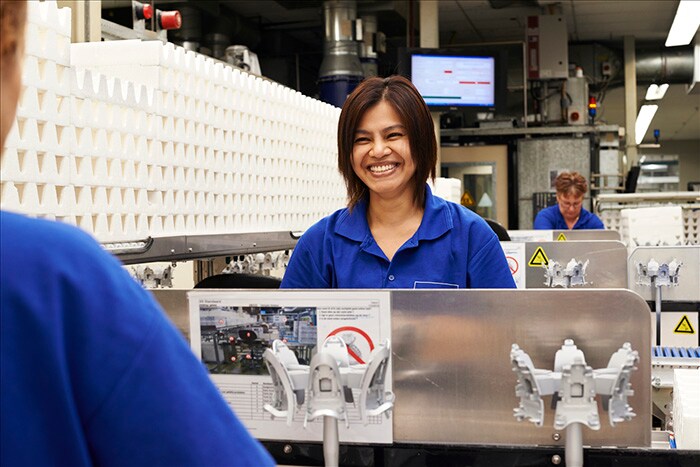
Six steps towards a sustainable supply chain
As part of our Green Supply Chain program, we have identified six different workstreams to decarbonize our supply chain and reach our ambitious climate targets: 1. CDP engagement – Through CDP, our suppliers provide insight into their climate action maturity; we communicate our expectations regarding the setting of science-based targets and recognize their progress. 2. Data-driven insights – We collect data from suppliers on allocated emissions and climate maturity; through accurate data insights, we enable Philips’ buyers to select suppliers based on climate action maturity. 3. Capability building – Together with various partners (e.g. CDP, SME Climate Hub, WBCSD), we support suppliers in maturing their company approach to climate action, offering (online) guidance that is tailored to their sustainability maturity levels. 4. Opportunities for decarbonization – Through on-site assessments – e.g. in China – we identify energy efficiency opportunities that enable our suppliers to make cost-effective carbon reductions. For example, their facilities may have outdated lighting systems, or insulation may be inadequate. Our team calculates for the supplier what the cost impact would be, and also the return. We have had a lot of positive feedback to this ‘independent’ review – we are not linked to the solution providers. Philips is also exploring the establishment of Virtual Power Purchase Agreements (VPPAs) with suppliers, similar to those we already have with industry consortia, in order to support funding for new renewable energy projects such as wind farms and solar farms, thereby helping to further ‘green the grid’. 5. Incentives for suppliers – We give suppliers recognition for their carbon reductions, supporting their branding; we offer improved payment terms to suppliers that take concrete steps on climate action. 6. Advocacy on climate action – Through our partner network, we advocate for climate action, making decarbonization ‘the new normal’ for companies active in our extended supply chain.
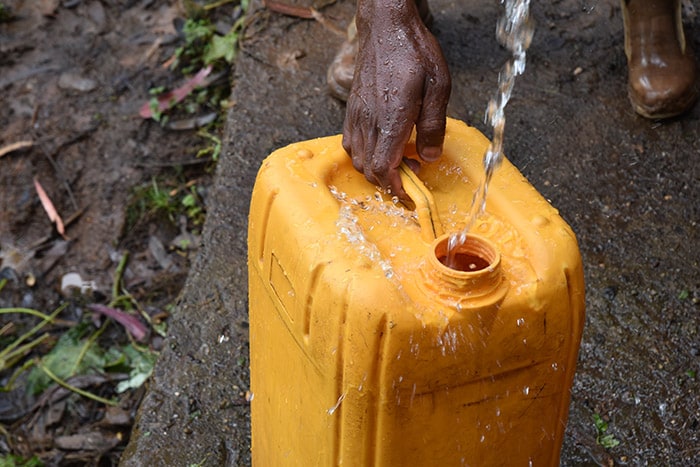
Let’s tackle this together
Human health and environmental health go hand in hand. At Philips, we are determined to accelerate climate action and work together with our customers, peers and partners to create more resilient and sustainable healthcare. So far, some 30% of major pharmaceutical and medical technology companies (by revenue) have joined the Race to Zero, including GSK, AstraZeneca, and Philips. This figure is important, as 20% coverage in any given sector is considered to be a critical tipping point to drive large-scale change going forward. So the momentum is definitely building. I encourage as many companies as possible – and the healthcare industry in particular – to commit to climate action and science-based targets, to deliver on those commitments, and to provide proof of progress and delivery through continuous, transparent and in-depth reporting. I am also keen to learn how your organization is applying novel thinking to help bring about a future of carbon neutrality and, specifically in our case, sustainable healthcare. None of us can do this on our own – we are all in it together. When it comes to making a decisive difference, there really is no time like the present.
In the run-up to COP26, the Race To Zero initiative was launched earlier this year. This UNFCCC-backed global campaign is rallying non-state actors – including companies, cities, regions, financial, educational, and healthcare institutions – to take rigorous and immediate action to halve global emissions by 2030 and deliver a healthier, more resilient, and fairer zero-carbon world in time.
Share on social media
Topics
Author

Robert Metzke
Philips Global Head of Sustainability Mr. Metzke leads Philips’ activities in Sustainability where he drives the company’s strategy towards innovative, sustainable business models and embedding sustainable and circular ways of working across Philips. In particular, Robert and his team are leading all activities with regards to Philips' environmental responsibility, with a focus on climate action, circular economy and expanding access to healthcare in underserved communities, as part of Philips overall purpose to improve people's health and well-being. Before joining Philips, Mr. Metzke worked at McKinsey & Company as a consultant where he gained 5 years of experience in strategy and innovation in the high-tech, healthcare and public sectors. Mr. Metzke has a background in journalism, science publishing (Science/ AAAS) and academic research (physics). He is married, has three children and lives in the Netherlands.
Follow me on
